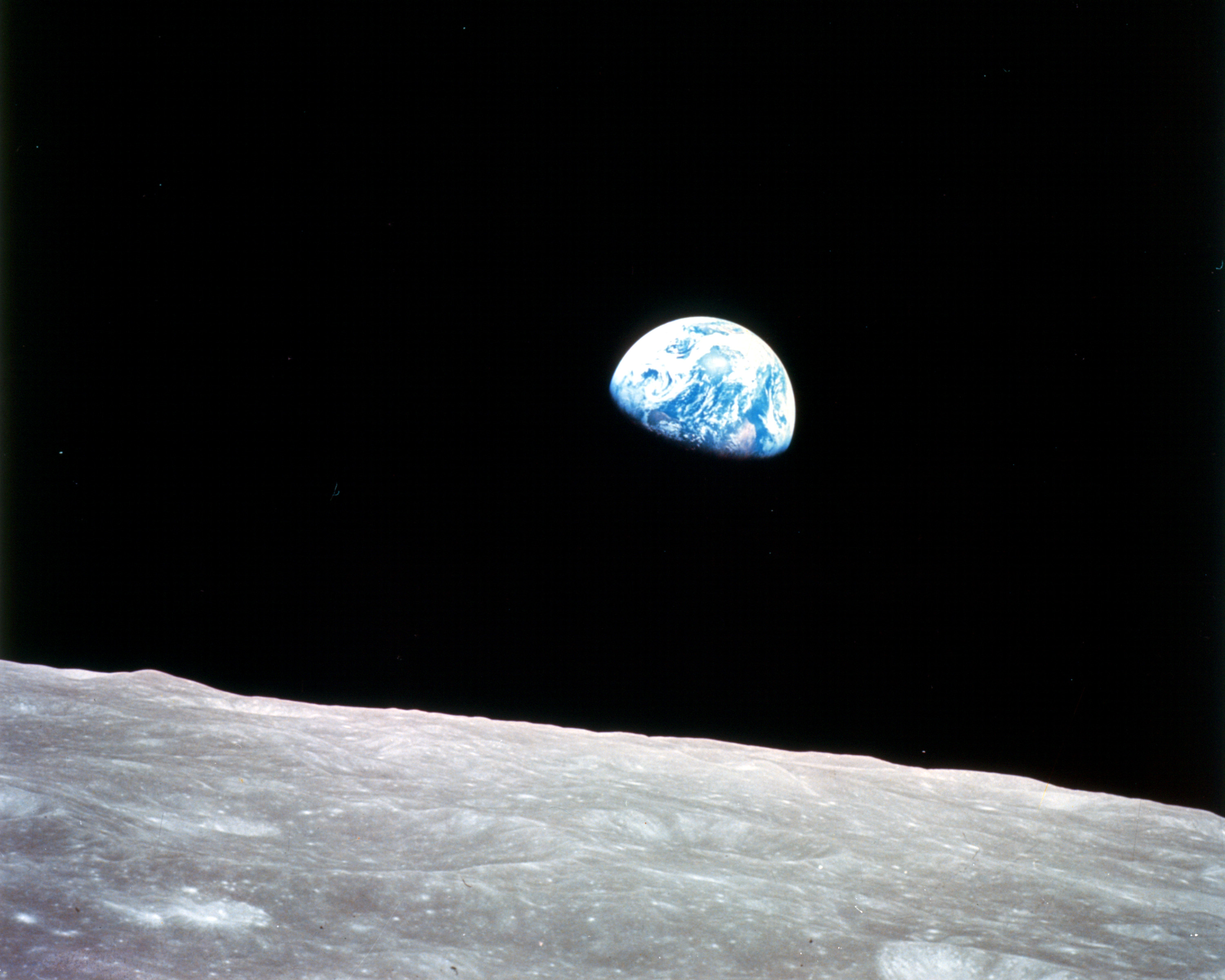Olbers' paradox
Enlarge text Shrink textOlbers's paradox, also known as the dark night paradox or Olbers and Cheseaux's paradox, is an argument in astrophysics and physical cosmology that says the darkness of the night sky conflicts with the assumption of an infinite and eternal static universe. In the hypothetical case that the universe is static, homogeneous at a large scale, and populated by an infinite number of stars, any line of sight from Earth must end at the surface of a star and hence the night sky should be completely illuminated and very bright. This contradicts the observed darkness and non-uniformity of the night sky. The darkness of the night sky is one piece of evidence for a dynamic universe, such as the Big Bang model. That model explains the observed non-uniformity of brightness by invoking expansion of the universe, which increases the wavelength of visible light originating from the Big Bang to microwave scale via a process known as redshift. The resulting microwave radiation background has wavelengths much longer (millimeters instead of nanometers), which appear dark to the naked eye and bright for a radio receiver. Other explanations for the paradox have been offered, but none have wide acceptance in cosmology. Although he was not the first to describe it, the paradox is popularly named after the German astronomer Heinrich Wilhelm Olbers (1758–1840).
Read more on Wikipedia >
 Topic
Topic





